Seven Goals
The 13th Five-Year Plan was approved during the CCP’s fifth plenary session in 2015. Its objective was “to build a moderately prosperous society in all aspects,” Chinese Premier Li Keqiang said at the opening of the 13th session of the 12th National Committee of the Chinese People’s Political Consultative Conference (CPPCC), the country’s top political advisory body, on Nov. 6, 2015.To accomplish this, the plan laid out seven specific goals: 1) maintain a medium-high rate of growth; 2) achieve significant results in innovation-driven development; 3) further coordinate development; 4) improve standards of living and quality of life; 5) improve the overall caliber of the population and the level of civility in society; 6) achieve an overall improvement in the quality of the environment and ecosystems; 7) ensure all institutions become more mature and better established.
If the Chinese people had the right to vote, they would judge how much of these seven goals have been accomplished and then decide the next leadership.
Of course, the CCP prefers to have its mouthpiece media speak for the Chinese people, praising the Party on their behalf for its “successful accomplishments” regardless of the true outcome. Even so, the media has been quiet on this topic and has shifted the focus to the next five-year plan. This is probably related to the judgment by the CCP’s senior leadership regarding the situation at the time that made the plan impossible to accomplish.
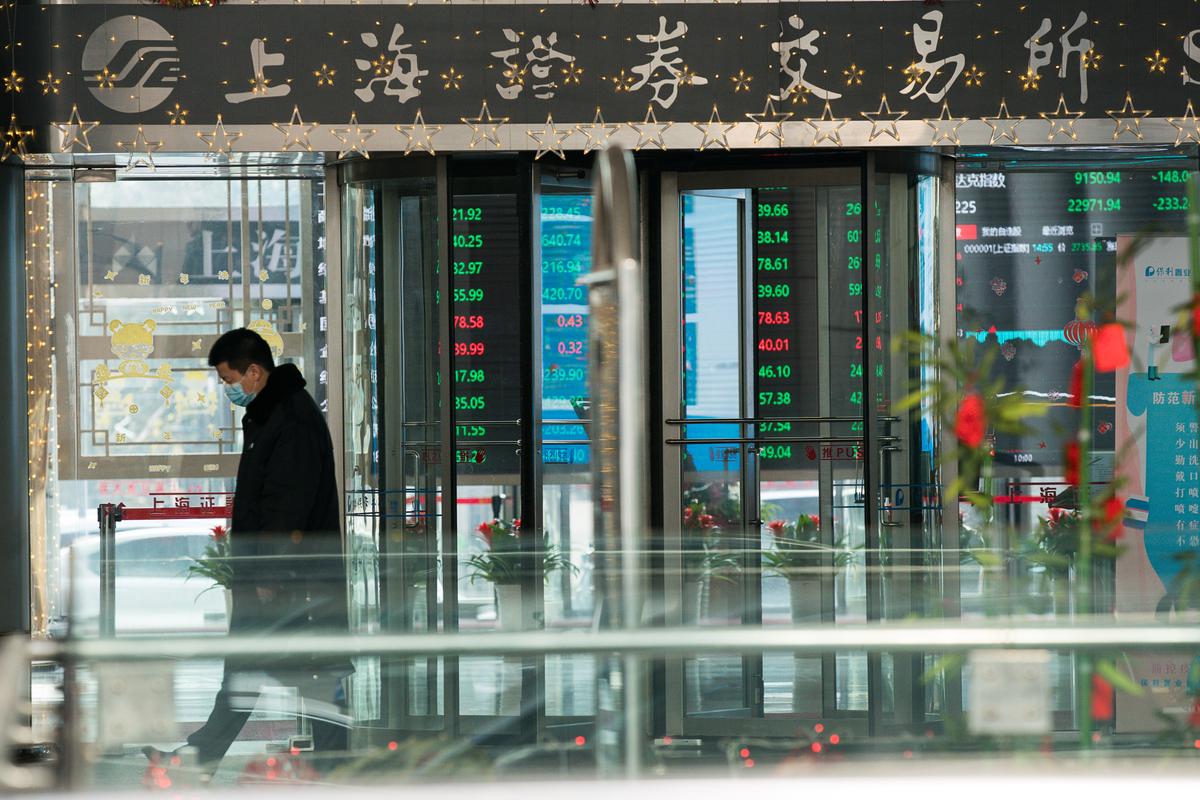
Global Economic Predictions
Concerning international developments, the CCP made the following assumptions in the 13th Five-Year Plan: “On the international front, peace and development remain the main themes of our times. Global multi-polarization, economic globalization, cultural diversification, and the development of information societies are all deepening trends. … The global governance system is undergoing far-reaching changes. Developing countries are continuing to gain collective strength, gradually evening out the global balance of power. International investment and trade rules are undergoing restructuring at a faster pace.”At that time, the regime had the mentality of continuing the export economy for the purpose of expanding its power overseas without any sense of a potential crisis. But even without the pandemic, trade wars with the United States and the European Union were inevitable, considering that China’s huge trade surplus with these two trading partners could not last forever. Obviously, the CCP has been fooled by its dream of becoming a hegemon.
As the national policy maker, the CCP’s slogan-driven leadership has finally exposed its weaknesses. Its ambition to dominate the world is bound to go nowhere because it doesn’t understand how the world operates. The problems it encounters today have been formulated from the very start.
Domestic Economic Predictions
The CCP also made optimistic predictions regarding China’s domestic developments, saying: “On the domestic front ... economic development prospects are as broad as ever. … As the economy is experiencing a new normal of growth, there is a clearer trend toward a more advanced form of growth, improved divisions of labor, and a more rational structure. … With the structure of consumption being more rapidly upgraded, broad market space, a strong material foundation, a complete industrial structure, an ample supply of funds, and abundant human capital, along with the cumulative effects of innovation that are beginning to show, our overall strengths are still notable. … New drivers of growth are in the making, and new areas, poles, and belts of growth are becoming stronger.”Today, in the face of a severe export decline, the so-called “overall strengths” have failed. It reflects the fact that the CCP not only lacks the perspective for judging the external situation, but has also lost touch with the true internal situation. It shows a total failure of leadership.
At the same time, however, the plan pointed out many problematic facts: “China’s development model is inefficient; uneven, uncoordinated, and unsustainable development continues to be a prominent problem. … Weak effective demand exists alongside insufficient effective supply; structural problems are becoming more evident, … the capacity for innovation is not strong enough; downward pressure on the economy is growing; imbalances between government revenue and expenditures have become more marked, and latent risks are mounting in the financial sector. … The foundations of agriculture are still weak, … the continuing trend toward further ecological and environmental degradation is yet to be fundamentally reversed. … Income gaps are wide, population aging is accelerating, … and it is becoming tougher to ensure social harmony and stability.”
These problems have continued to exist and even worsened. But no one really paid attention to them, and there were no solutions. There is still no solution.
The plan further advised that, “China remains in an important period of strategic opportunity for achieving significant development … avoid falling into the middle-income trap; and constantly open up new horizons for development.”
Examining Specific Goals
The CCP’s “Made in China 2025” dream is coming to an end. The comprehensive technology block imposed by the United States has made it harder to continue on the old path of plagiarism and technology theft. The CCP believed that stealing would go on for a long time.The 13th Five-Year Plan thus painted an optimistic future: “Major breakthroughs will be made in core technologies in key sectors and China’s capacity for innovation will see an all-around improvement. Fulfillment of these goals will help China become a talent-rich country of innovation.”
Other objectives outlined in the plan were for China to “continue to be opened up to the outside world and to improve its ability to allocate resources globally.”
However, all of these have failed to materialize. The outside world is getting further and further away from China. And the CCP’s top leaders are also preparing China to become more “self-reliant.”
As for employment and poverty alleviation, the plan declared: “The economy will operate near full employment, the income gap will be narrowed, and the proportion of middle-income earners will be increased. … All poor counties will be able to rid themselves of poverty, and poverty alleviation will be achieved in all regions.”
What’s the reality? The 8.94 million Chinese college students who graduated in 2020 are still looking for jobs. And by the end of the year, poverty alleviation continues to be only a slogan.
The use and management of natural resources were also outlined in the plan: “We will extract and use energy and resources with much greater efficiency. Aggregate energy and water consumption, the total amount of land used for construction, and aggregate carbon emissions will be effectively controlled, and aggregate emissions of major pollutants will be significantly reduced.”
These things have been ignored for the past five years and will thus directly become part of the 14th Five-Year Plan.
Then there were promises made in the plan relating to human rights: “We will improve people’s democracy, basically complete the establishment of a rule of law government, and achieve a marked improvement in the credibility of the judiciary. Human rights will be protected, and property rights will be safeguarded.”
Those human rights objectives are obviously just empty talk, and they may disappear from the 14th Five-Year Plan.
Of course, more slogan-driven propaganda and policies will be displayed. That’s what can surely be expected from the CCP.
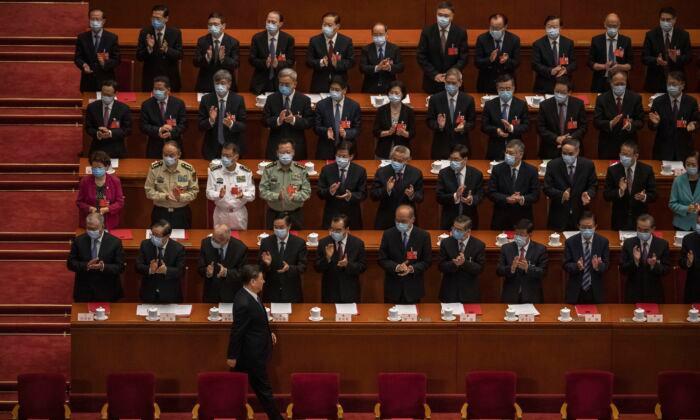

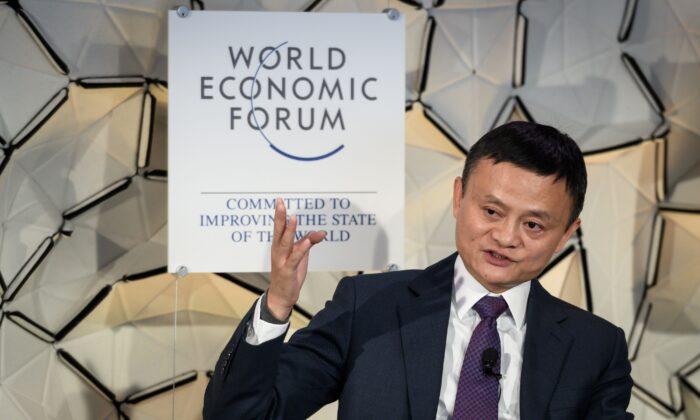
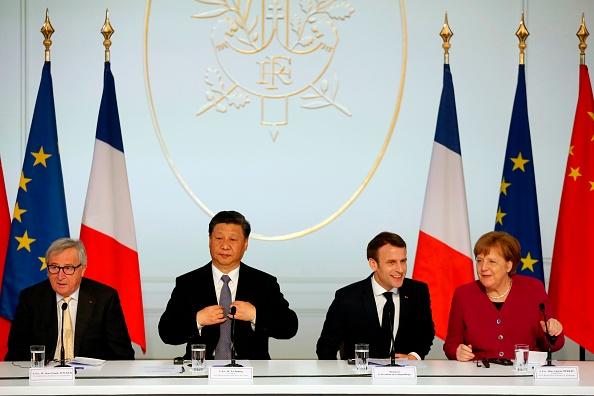
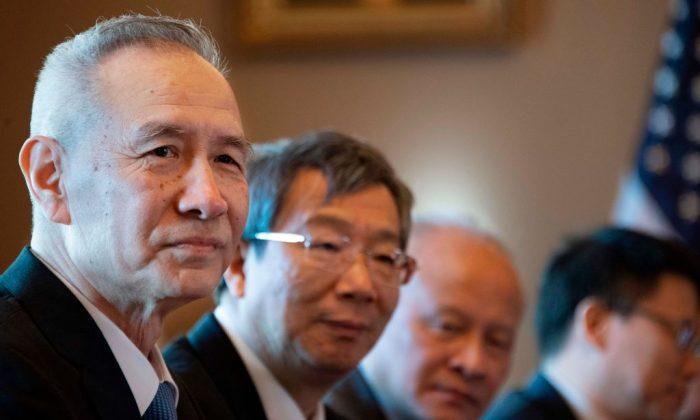
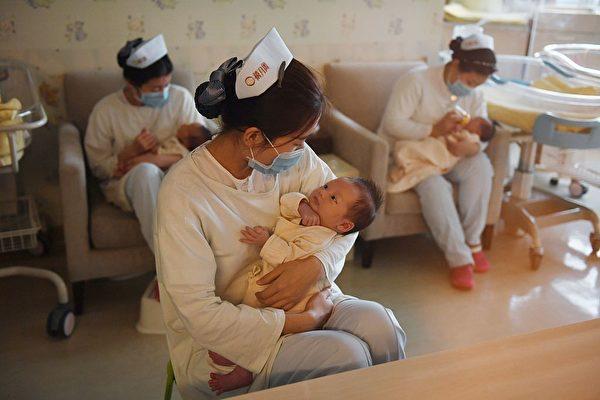
Friends Read Free